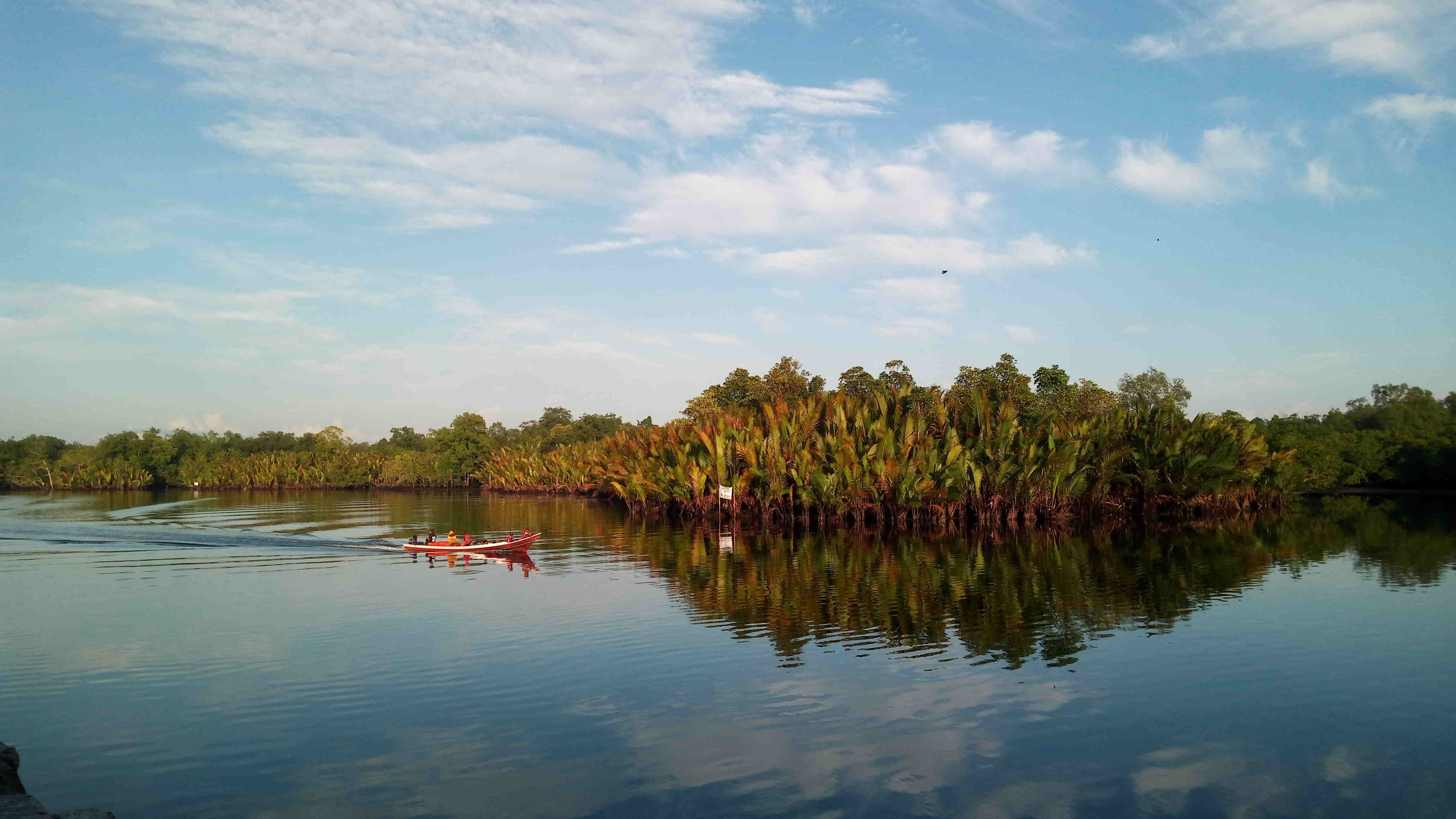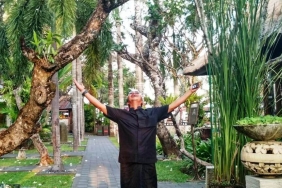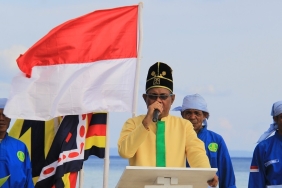CARRYING CAPACITY RESULTS BECOME RECOMMENDATIONS FOR LAND AND FOREST MANAGEMENT
Like many other countries, Indonesia is also experiencing an environmental paradox; where marine areas are protected for long-term protection, but on the one hand, utilization is needed to increase economic revenue. Ineffective strategies and monitoring are likely to put more pressure on these aquatic ecosystems and ultimately pose long-term risks to people.
WWF-Indonesia and the Ecoregion Development Control Center (PE3) jointly encourage the monitoring of conservation areas through the approach of regulating the number of tourist visits (carrying capacity) in Bali-Nusra National Park. In 2017 and 2019, WWF-Indonesia and P3E also supported the regulation of tourist visits in Komodo and West Bali National Parks in collaboration with the management of Komodo and West Bali National Parks, the Government and a number of stakeholders. Although not yet 100% implemented, the regulation scheme has the opportunity to become a driver of the effectiveness of governance in protected areas.
West Bali National Park is an area with marine potential that has become a magnet for tourists. The number of tourist visits in 2010 - 2017 showed an increase of 42 percent, where in 2017 the number of visits was 60,027, 86 percent of which visited with the aim of snorkeling and diving to Menjangan Island. In Komodo National Park itself, the number of visits has increased significantly from 2014 to 2018. Last year's data, for example, showed around 170,000 tourist visits in 2018.
This increase in the number of visits in both West Bali and Komodo National Park shows a number of positive things including; increasing the positive image of West Bali and Komodo National Park, increasing Indonesia's economic income through Non-Tax State Revenue, growing employment to meet tourist expectations and increasing tourism investment in West Bali and Labuan Bajo-Komodo National Park. On the other hand, this increase in tourist population brings pressure on the surrounding ecosystem (water security, energy, waste), marginalization of local communities and changes in governance.
"To reduce this pressure, a systematic long-term plan is needed. Currently, we think that regulating the tourist population is quite effective in reducing the pressure coming from various tourist activities," said Drs. Rijaluzzaman, Head of the Bali and Nusa Tenggara Ecoregion Development Control Center.
As an initial stage of the process of regulating the number of visits, the P3E team, Komodo National Park and West Bali, supported by WWF-Indonesia, collected data on the carrying capacity of diving and snorkeling marine tourism. This process is carried out in stages where the team analyzes social correction factors, fragility, physical contact with surrounding biota and surrounding area wind correction.
In Komodo National Park, observations and studies were conducted at 23 dive sites. The results of the study showed that the maximum number of divers recommended in one year was 116,813 people, while in West Bali National Park it was carried out at 10 dive sites on Menjangan Island with the results of the study showing the maximum number of divers recommended in one year was 81,733 people, in its implementation of the total recommended diving is not only done at one or two of the most favorite locations, but also done at other dive sites. This figure was obtained after reviewing and analyzing field data through Physical Carrying Capacity (PCC), Real Carrying Capacity (RCC), and Tourism Carrying Capacity (TCC).
Recommendations
Recommendations
"This tourism carrying capacity study can be the first step to maintain marine and terrestrial ecosystems in the West Bali National Park which currently already exists as one of the attractions of diving tourism," said (Drs. Agus Ngurah Krisna Kepakisan, M.Si, Head of the West Bali National Park). "The management capacity study conducted by P3E assisted by analysis by WWF-Indonesia can also be a reference for the development of facilities and infrastructure needed by tourists," he added.
The next step of the next figure is to implement the figure of carrying capacity in Komodo National Park through 1) Visitor regulation through the establishment of tourist quotas, 2) Development of information system, 3) Monitoring of activities within the Park, 4) Safety improvement and implementation of travel code of ethics, 5) Monitoring and Evaluation of the implementation of the carrying capacity
study.
While in the TNBB the implementation is carried out through 1) regulating visits in accordance with a predetermined quota which is then evaluated per year, 2) providing a technology-based reservation system for visits in the West Bali National Park with registered and verified area users. 3) development of tourism facilities and infrastructure in the West National Park with the principles of sustainability and sustainability. 4) Implementing a responsible tourism code of ethics for visitors and management of the West Bali National Park. 5) Monitoring and evaluating the Support Capacity of Dive Tourism.





